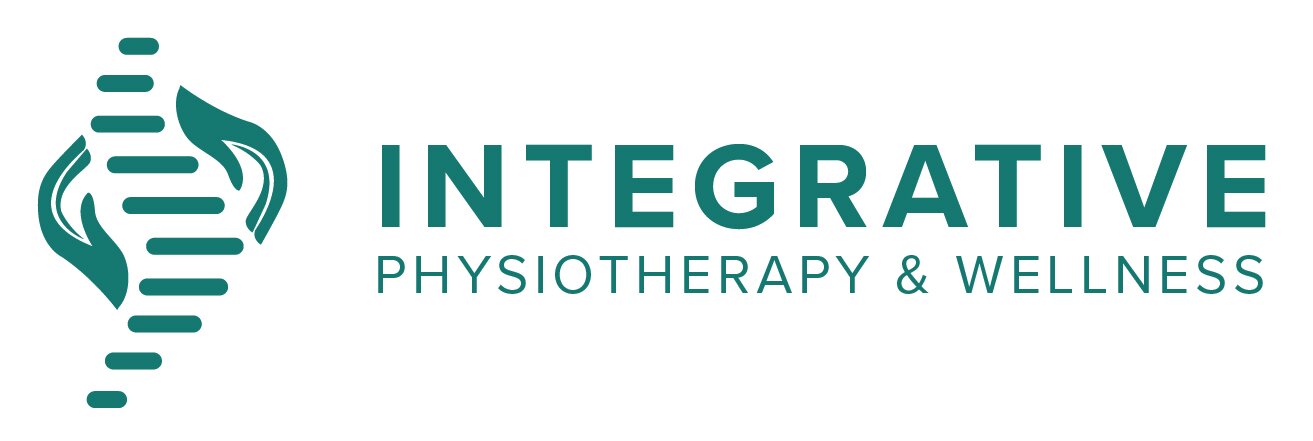Shoulder Rehabilitation After Breast Cancer

Physiotherapy plays a vital role in helping breast cancer patients manage shoulder recovery and prevent common post-treatment complications. Breast cancer treatments like surgery, radiation, and lymph node removal often impact the musculoskeletal system, leading to shoulder dysfunction and discomfort. Here’s a deeper look at how each area affects shoulder health, potential pathologies, and the specific physiotherapy approaches used for recovery:
1. Shoulder Anatomy and Functional Impairments Due to Breast Cancer Treatments
Impact of Treatments: Breast cancer treatments, especially surgeries like mastectomy, lumpectomy, and lymph node dissection, can disrupt the shoulder’s complex anatomy, impacting muscles, tendons, and ligaments. Radiation therapy can lead to tissue fibrosis, limiting flexibility and muscle strength in the shoulder girdle.
Pathology: Common issues include shoulder stiffness, pain, limited range of motion, and muscular weakness. These impairments can hinder daily tasks, leading to compensatory movement patterns that may strain other areas of the body.
Physiotherapy Approach: Rehabilitation includes targeted stretching and strengthening exercises to restore range of motion, improve strength, and reduce compensatory movements. Therapists may use progressive resistance exercises, proprioceptive training, and joint mobilization techniques to encourage optimal shoulder function.
2. Myofascial Restrictions and Release
Impact of Treatments: Surgery and radiation often cause tightening of the fascia (connective tissue), resulting in myofascial restrictions. This tension may create discomfort, pain, and reduced mobility, particularly around the shoulder, chest, and upper back.
Pathology: Myofascial pain syndrome may develop, with palpable trigger points and tight bands in the muscle tissue. These restrictions often lead to shoulder stiffness and limited arm function.
Physiotherapy Approach: Myofascial release techniques, such as soft tissue mobilization, stretching, and foam rolling, are used to release tension and improve tissue pliability. Therapists may also use hands-on techniques to target specific trigger points and areas of restricted fascia to relieve pain and improve range of motion.
3. Axillary Web Syndrome (AWS), Also Known as Cording
Impact of Treatments: AWS, or cording, occurs after lymph node removal and is characterized by the formation of rope-like cords of tissue under the skin, typically extending from the armpit down the inner arm. These cords can be painful and limit shoulder and arm movement.
Pathology: The cords are thought to be lymphatic vessels or scar tissue, and they restrict movement, causing pain with arm elevation and reaching. AWS can significantly hinder shoulder and arm function, impacting daily activities and quality of life.
Physiotherapy Approach: Treatment for AWS includes gentle stretching and manual therapy to improve shoulder and arm mobility. Specific exercises that target the cords, such as shoulder rolls, wall climbing, and gentle shoulder flexion, help stretch and break down the cords. Physiotherapists may also use lymphatic drainage techniques to reduce swelling and discomfort associated with AWS.
4. Scar Management
Impact of Treatments: Scarring from surgical incisions or radiation therapy can limit tissue elasticity around the shoulder and chest, potentially causing pain, restricted motion, and a pulling sensation during arm movements.
Pathology: Adhesive scars can bind the skin and underlying tissues, leading to restricted range of motion and potential postural changes as the body compensates for the lack of mobility in the affected area.
Physiotherapy Approach: Scar tissue mobilization techniques are used to increase scar flexibility and reduce adhesions. Therapists often employ cross-friction massage, stretching, and silicone-based products to minimize scar thickness and improve elasticity. Exercises focusing on shoulder range of motion and flexibility are also included to help maintain functional movement and prevent the scar tissue from limiting shoulder mobility.
5. Lymphedema
Impact of Treatments: Lymphedema is a common complication following lymph node dissection or radiation therapy. It results from the impaired lymphatic drainage system, leading to swelling in the arm and shoulder, which can increase the risk of infections and further mobility issues.
Pathology: Lymphedema leads to chronic swelling, discomfort, heaviness, and, in severe cases, fibrosis of the soft tissues. It can cause limited shoulder and arm mobility, pain, and muscle weakness over time.
Physiotherapy Approach: Physiotherapy for lymphedema includes manual lymphatic drainage (MLD) to promote fluid movement, as well as compression bandaging or garments to control swelling. Exercise is essential to stimulate lymph flow, and physiotherapists guide patients in low-impact, targeted exercises. Education on skin care, self-management techniques, and lifestyle adjustments are also integral to reducing lymphedema symptoms and preventing progression.
In combination, these targeted physiotherapy approaches help restore shoulder functionality, improve quality of life, and provide breast cancer patients with strategies to manage and prevent further complications. Physiotherapists play a crucial role in guiding recovery, building resilience, and helping patients achieve optimal function after breast cancer treatment.
References:
Shamley, D. R., Lascurain-Aguirrebeña, I., & Oskrochi, R. (2019). Shoulder dysfunction following the treatment of breast cancer is common but poorly recognized. Physiotherapy, 105(3), 241-247.
McNeely, M. L., Campbell, K. L., Rowe, B. H., Klassen, T. P., Mackey, J. R., & Courneya, K. S. (2010). Exercise interventions for upper-limb dysfunction due to breast cancer treatment. Cochrane Database of Systematic Reviews, 2010(6), CD005211.
Stubblefield, M. D., & Keole, N. (2014). Upper body pain and functional disorders in patients with breast cancer. PM&R, 6(2), 170-183
Sagen, A., Karesen, R., & Risberg, M. A. (2009). Physical activity for the affected limb and arm lymphedema after breast cancer surgery. Clinical Journal of Oncology Nursing, 13(4), 431-440.
De Groef, A., Van Kampen, M., Tjalma, W. A., & Devoogdt, N. (2015). Shoulder function after breast cancer treatment: a prospective cohort study. International Journal of Physical Therapy, 65(4), 569-575.
American Cancer Society. (2021). Lymphedema: What Every Woman with Breast Cancer Should Know.
Kwan, W., Jackson, J., Weir, L. M., Dingee, C., McGregor, G., & Olivotto, I. A. (2002). Chronic arm morbidity after curative breast cancer treatment: Prevalence and impact on quality of life. Journal of Clinical Oncology, 20(20), 4242-4248.
Cancer Care Ontario & de Souza Institute. (2023). Shoulder Rehab after Breast Cancer Course (SREB).

